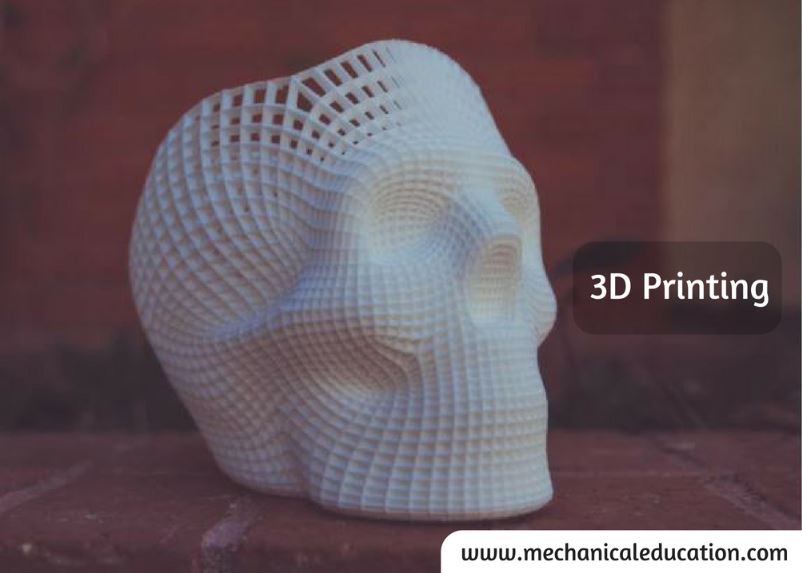Belt drives are used to transmit power from one rotating shaft to another using a flexible belt. Here are some common applications of belt drives:
- Industrial machinery: Belt drives are used in a wide range of industrial machinery such as conveyor systems, compressors, pumps, and fans. Belt drives provide a flexible and reliable means of transmitting power between shafts in a variety of different applications.
- Automotive industry: Belt drives are used in the automotive industry to drive various components such as the alternator, water pump, and power steering pump. Timing belts are also used to synchronize the movement of the engine’s valves and pistons.
- Agriculture machinery: Belt drives are used in agricultural machinery such as combines and harvesters to drive various components such as the threshing mechanism, grain auger, and straw chopper.
- Home appliances: Belt drives are used in home appliances such as washing machines, dryers, and vacuum cleaners to drive various components such as the drum, blower, and brush roll.
- Exercise equipment: Belt drives are used in exercise equipment such as treadmills and stationary bikes to provide a smooth and quiet means of transmitting power from the motor to the workout mechanism.
Overall, belt drives are a versatile and reliable means of transmitting power in a wide range of applications. Their ability to absorb shock and vibration, operate at high speeds, and provide a smooth and quiet operation makes them a popular choice in many different industries.
Frequently Asked Questions
1. What is a belt drive, and how does it function in mechanical systems?
A belt drive is a method of transferring power between rotating shafts using flexible belts. It functions by wrapping a belt around pulleys, with power transmitted through the tension in the belt.
2. In which industries are belt drives commonly used?
Belt drives find applications in various industries, including manufacturing, automotive, agricultural machinery, HVAC systems, and appliances where power transmission between rotating components is required.
3. What are the advantages of using belt drives in mechanical systems?
Advantages include cost-effectiveness, ease of installation, vibration dampening, overload protection, and the ability to transmit power over long distances with minimal energy loss.
4. Can belt drives be used for both power transmission and speed reduction?
Yes, belt drives are versatile and can be employed for both power transmission and speed reduction. The use of different-sized pulleys allows for adjustments in speed and torque.
5. What types of belts are commonly used in belt drive systems?
Common types of belts include V-belts, flat belts, and timing belts. V-belts are common in industrial applications, flat belts are suitable for high-speed operations, and timing belts are used for precise positioning.
6. How do belt drives contribute to noise reduction in machinery?
Belt drives can help reduce noise in machinery due to their flexibility and the damping effect of the belt material. This makes them suitable for applications where noise control is important.
7. What maintenance practices are essential for optimal performance of belt drives?
Regular inspection for wear, proper tensioning, alignment checks, and occasional lubrication are key maintenance practices to ensure the longevity and efficiency of belt drives.
8. Can belt drives be used in situations where precision positioning is crucial?
While belt drives are generally not as precise as some other mechanisms, such as gears, timing belts with toothed pulleys can provide accurate positioning in certain applications.
9. How does the choice of belt material impact the performance of a belt drive?
The choice of belt material influences factors such as wear resistance, flexibility, and load-bearing capacity. Common materials include rubber, neoprene, polyurethane, and various synthetic compounds.
10. Are there limitations to the use of belt drives in certain environments?
Belt drives may face challenges in environments with excessive humidity, extreme temperatures, or exposure to chemicals, as these factors can impact the durability and performance of the belts. In such cases, alternative power transmission methods may be considered.




